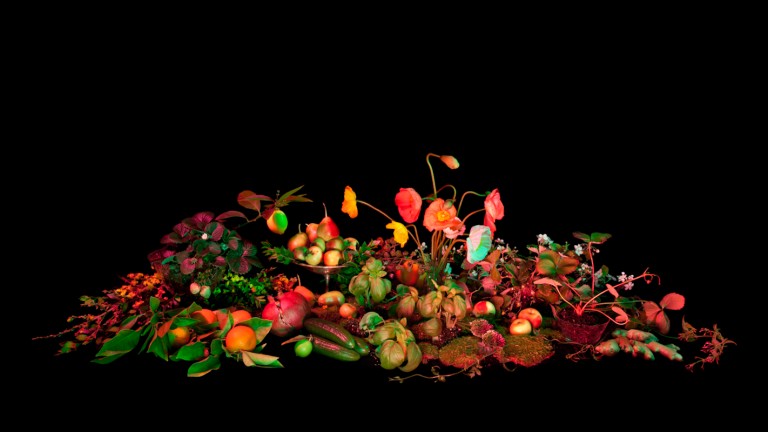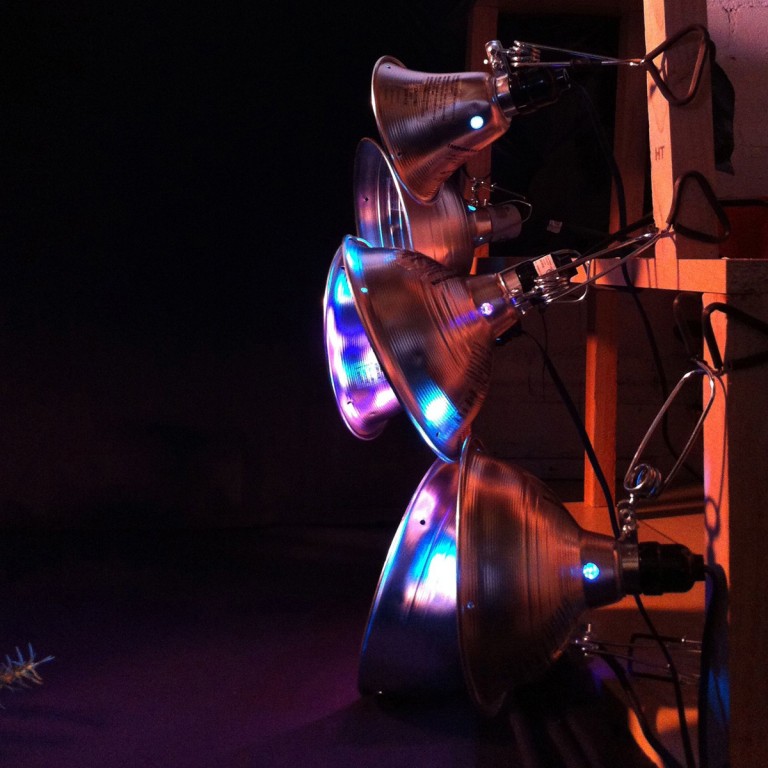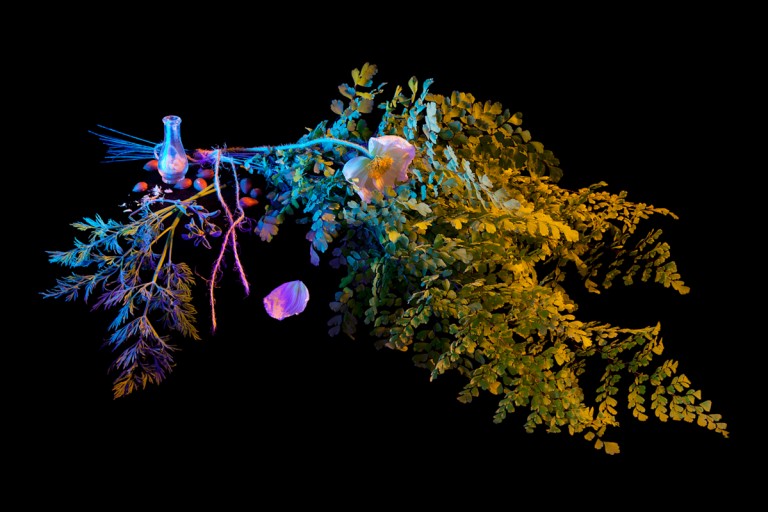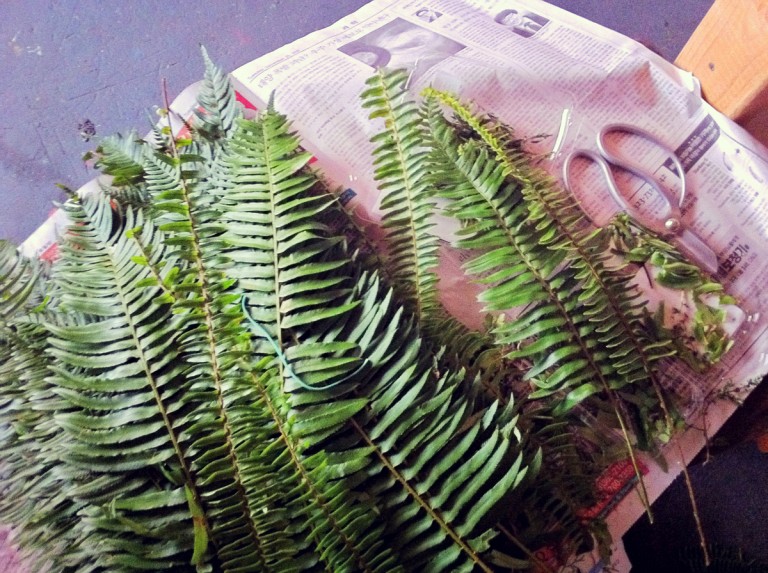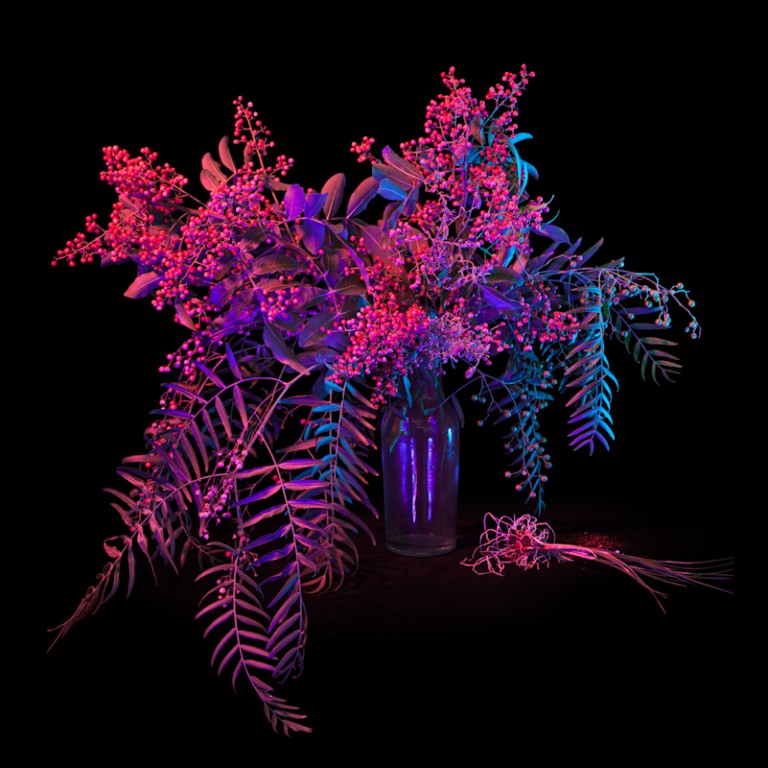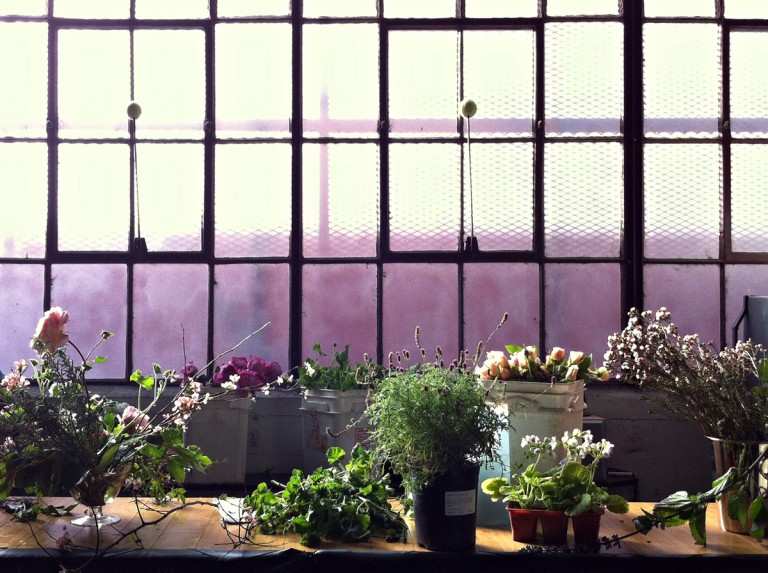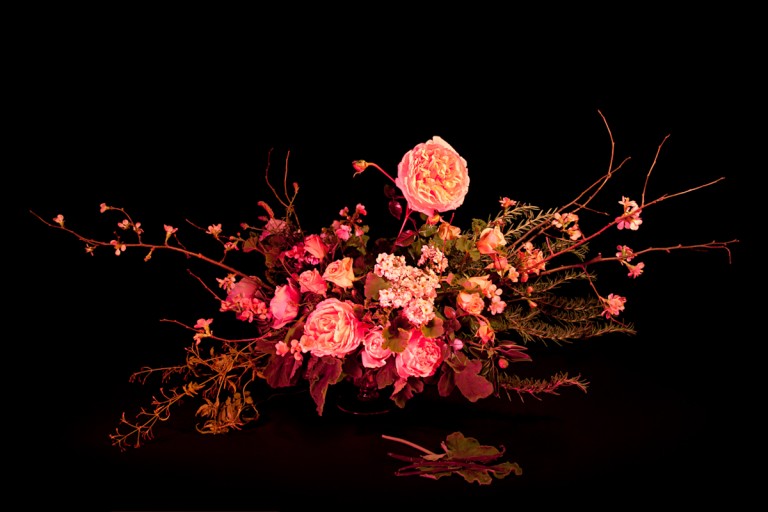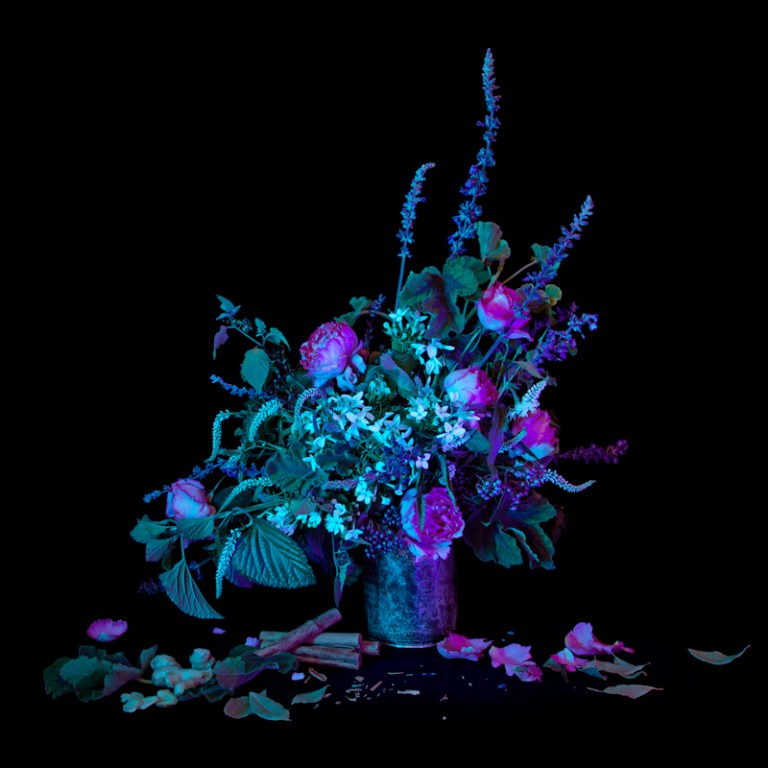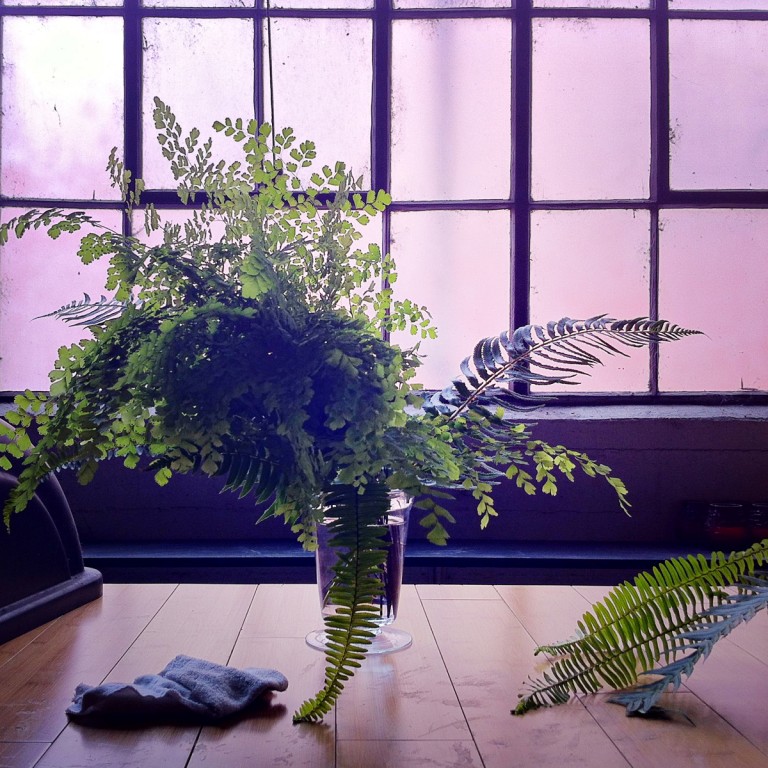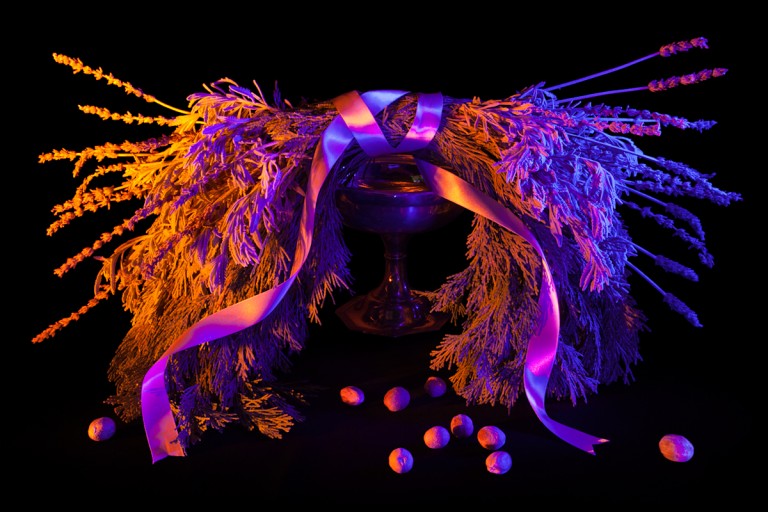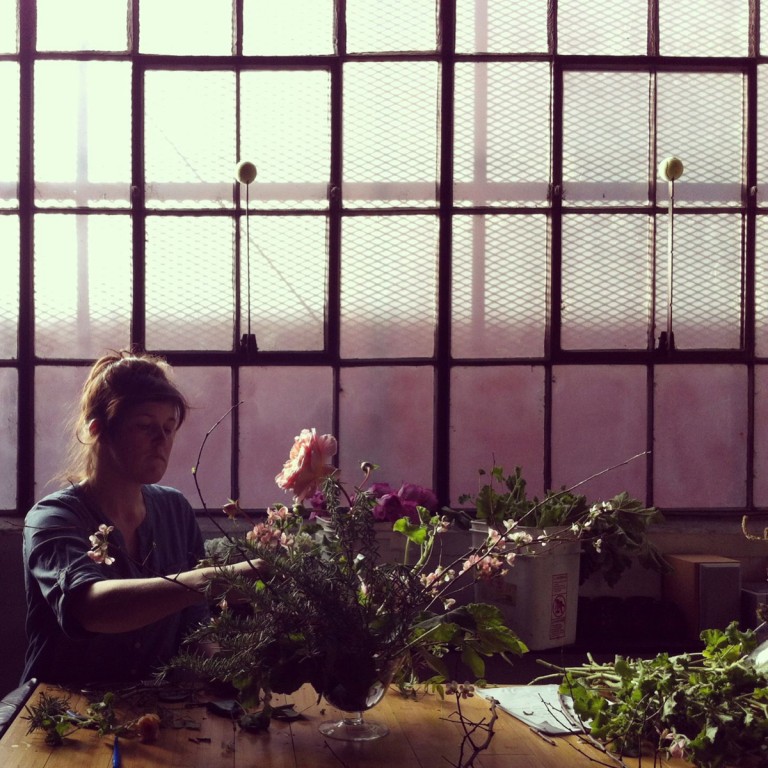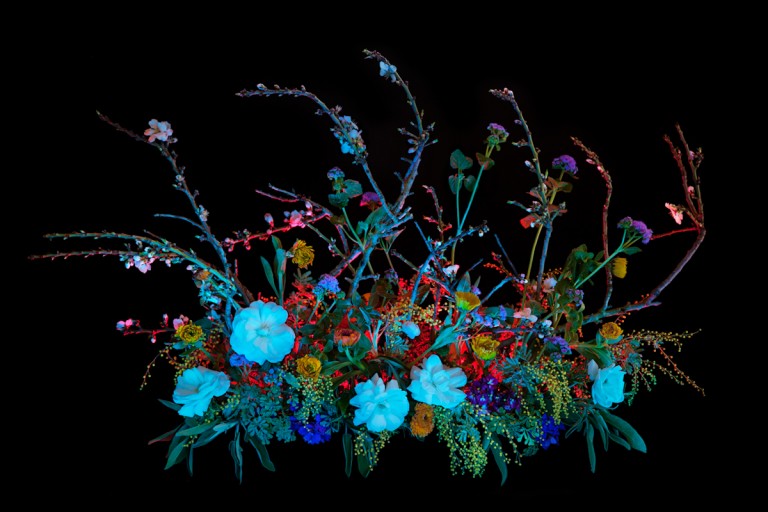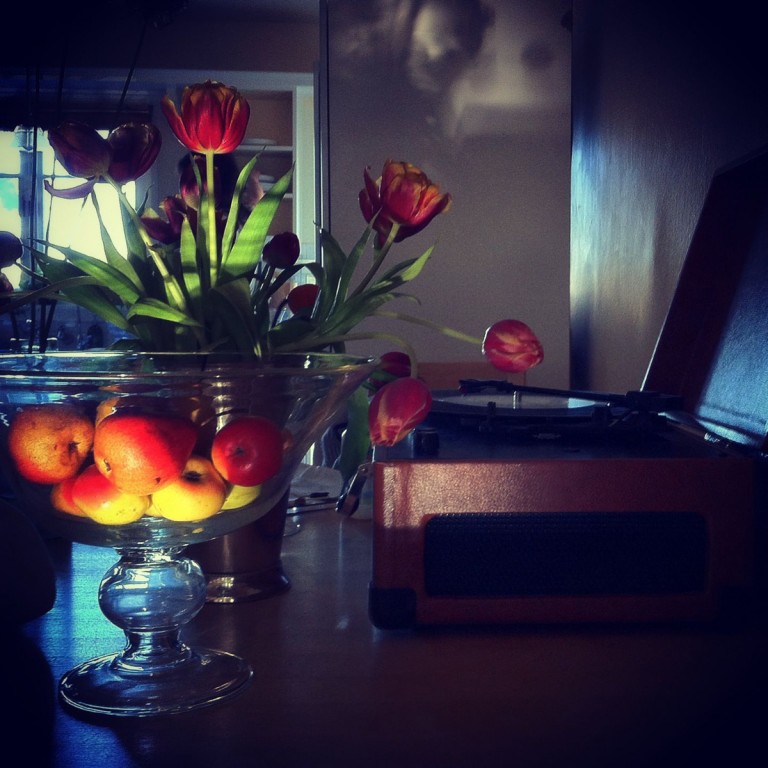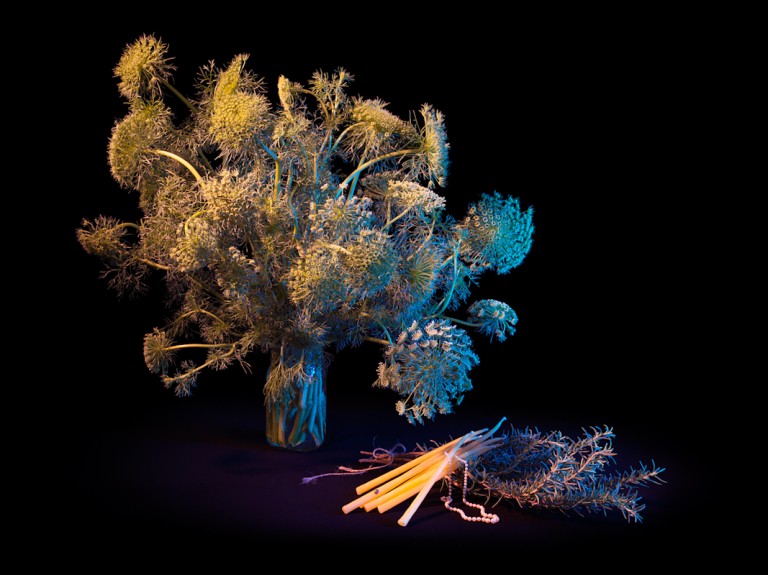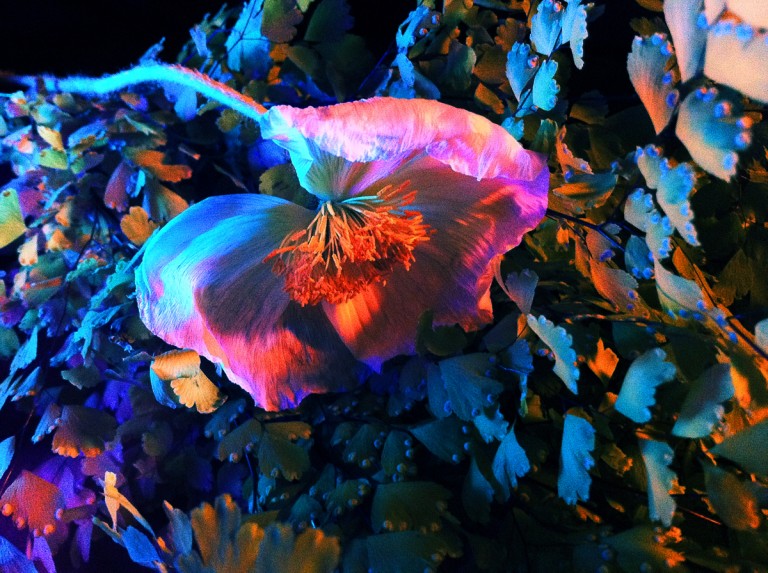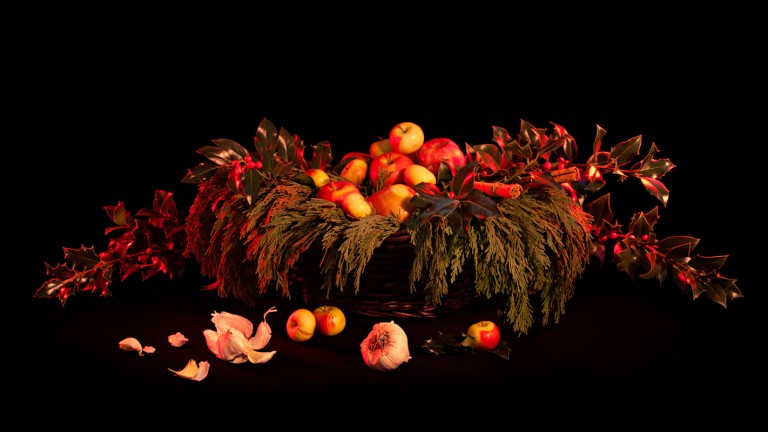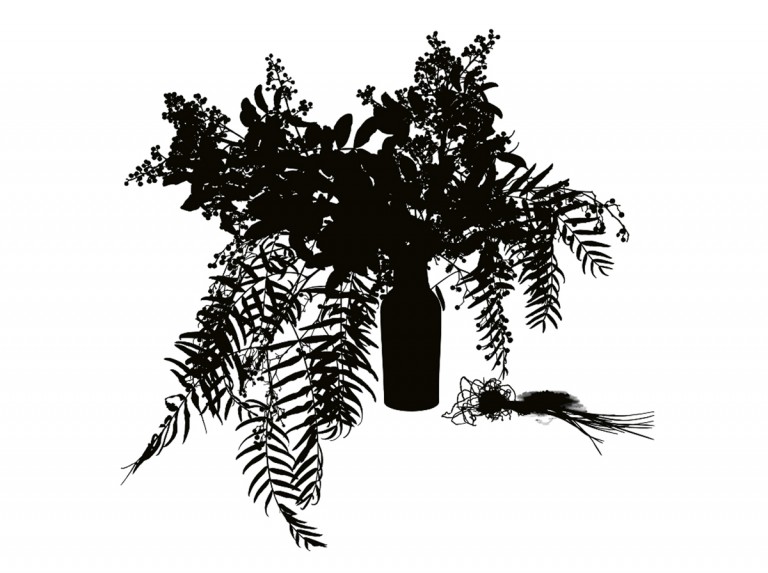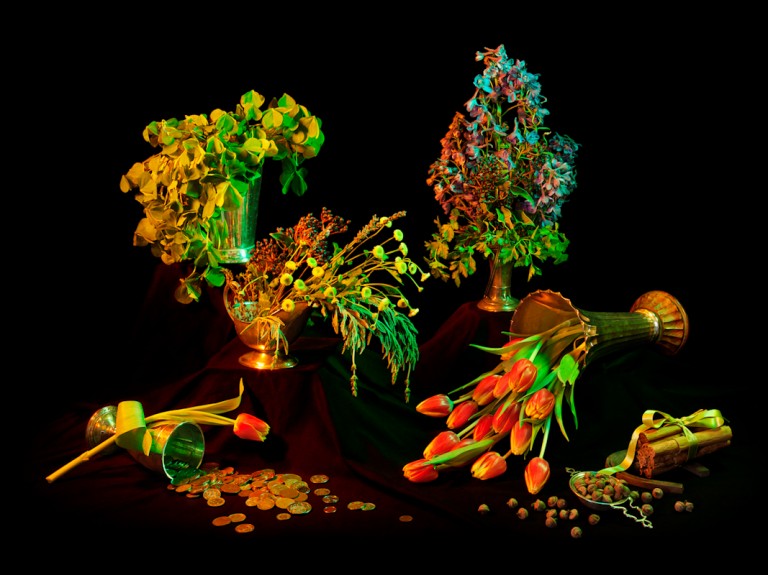SEASON OF THE WITCH
The Making of Book of Shadows, a collaboration between Amelia Bauer and Elizabeth Parks Kibbey.
The word Pagan comes from the Latin word Paganus, meaning of or pertaining to the countryside, rural, rustic.
The 17th century saw the innovation and popularization of the floral still life painting in Europe and its colonies. By the end of the same century, the Salem Witch trials were occurring in America. Witchcraft, a belief system that focused on the cycles of the natural world, included among its rituals the use of botanicals dried and kept in bottles or carried in pouches, bathed in or brewed as tea.
Plants were used both symbolically and medicinally in these rituals, and many of the ingredients can be found in present-day herbal remedies. The names of wildflowers, such as cattail and foxglove, and less familiarly, crow’s foot, donkey’s eyes, and snake’s tongue, lead to visions of cauldrons with real animal parts stewing inside.
Women held greater power in the practices of Witchcraft, and were accused and killed in far greater numbers than men during the Salem witch trials.
The still lifes in this series are composed of the ingredients in various botanical spells. The ingredients are used here in their most floral state: poppies instead of poppy seeds, a saffron bulb instead of dried stigmas, and so on. The arrangements turn these spells towards the domestic, and present a less threatening, more palatable femininity.
The series was shot over 3 weeks in a studio Los Angeles, CA. The elements in the photographs were sourced from the flower market, nurseries, grocery stores, and the gardens of friends.
